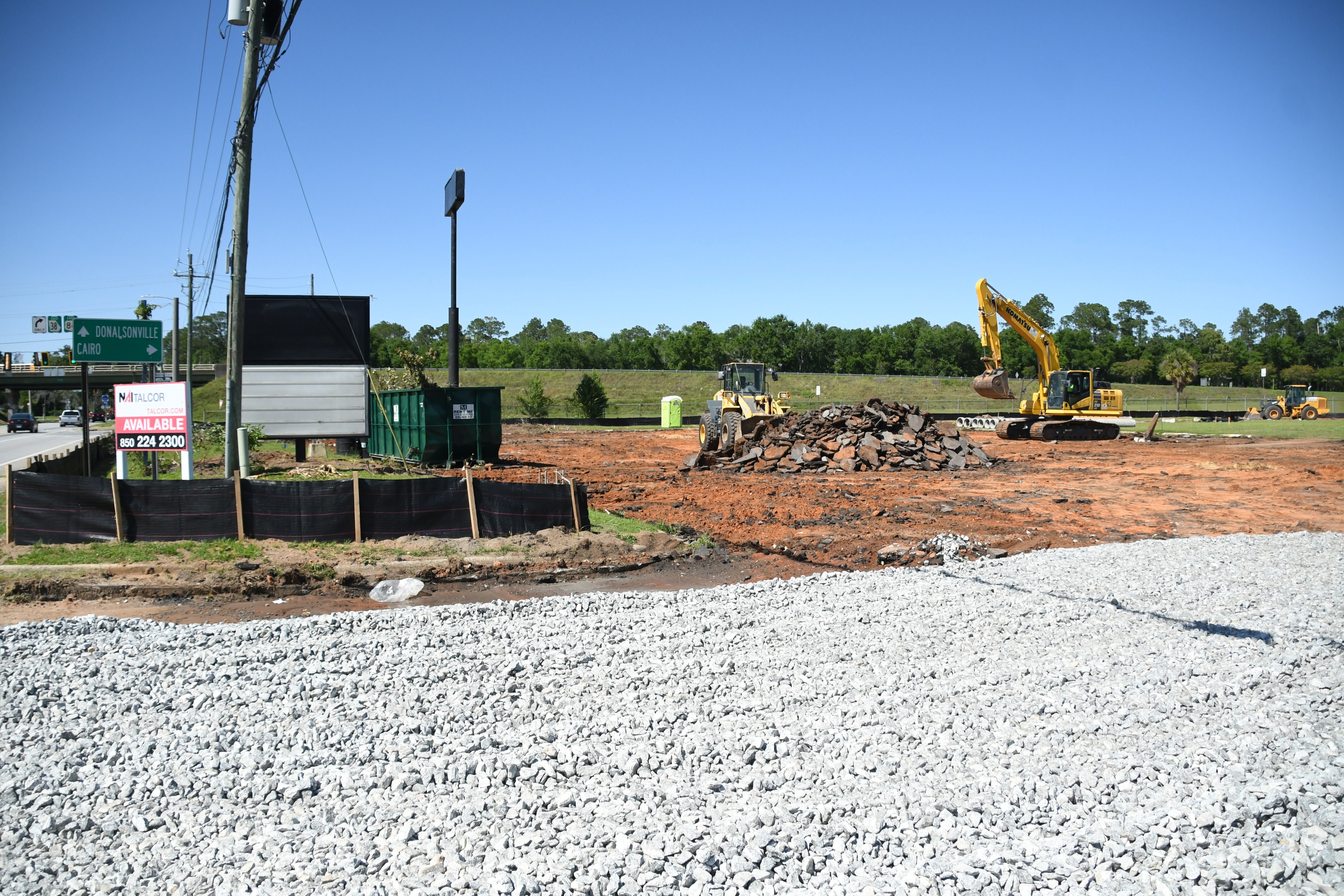The road to benevolence
Published 8:07 pm Tuesday, April 6, 2010
I could see the sign coming over the hill.
I knew it was something different having come this way dozens of times in my life.
As Mary Lou and I drew closer, I could make out the words “For Sale.” The smaller print gave the details covering some 600 acres.
Just before the Civil War, my great-great-great-grandfather Pliny Brawner died in Morgan County, Ga. He left a widow, several small children and 54 slaves. Nancy Mariah West Brawner later moved to Stewart County where she remarried and had several more children.
The old house they built has stood for all this time with the land descending into the hands of cousins I have never really known. Although it has been vacant for almost 30 years, it still stands with a presence that lets you know what a grand place it once was. More than 150 years later, it is for sale.
The oldest daughter, Plen Brawner, married James Monroe Saville in 1873. He was a veteran of the Civil War serving under General Lee. He was promoted after the officers above him were killed at Gettysburg. He served in the campaign in the Wilderness, Spotsylvania, Petersburg and finally at Appomattox.
Together, they are buried under a couple of massive magnolia trees. I always thought it an irony that they were buried less than 10 feet from some of the slaves inherited by her mother. Perhaps there was some reconciliation along the way.
Their child, Mary Hunter Saville, was my great-grandmother. She died on the dining room table of the old house while having emergency surgery for a ruptured appendix. My grandmother was 4 years old at the time.
It was this same family in the old house that brought my grandmother back to visit the farm near Benevolence. My grandfather, living in nearby Richland, would come out to visit. It was on the front porch of this house, near the massive columns that she accepted his proposal of marriage.
As a small child, we would visit Charlie and Margaret, the last of the family to live in the house. As Margaret became ill, I can remember visiting her in her upstairs bedroom. On our last visit, she could only wave from the window as we played in the yard below.
After I was married, we would occasionally pass by Richland and check the various family plots in the Richland cemetery located on Ponder Street. We would then usually take the road to Benevolence and occasionally would stop at the abandoned house.
As time passed I realized that no one was coming back for the things left in the house. The doors were open for anyone to walk in and take what was left. It was only the remoteness of the house that kept it from being ransacked years ago.
Along the way, I took some books that belonged to my Aunt Tass, who was the first woman county agent in Georgia and was raised in the house. On a later visit I found a sheet of paper lying on the mantle in the living room. It was a call to arms from 1864. Obviously I wasn’t the only one visiting the old house.
One of the massive columns later became the home to an enormous hornet’s nest. Being deathly allergic to their sting, it was a miracle I wasn’t buried in the family plot in the backyard.
Two weeks ago, Mary Lou and I made another visit, which is when we discovered that it was for sale. I expect the old house is too far gone to renovate. One of the columns is gone, replaced by a square wood post. However, the two giant magnolias flanking the front walk still make a beautiful setting. The overgrown boxwoods going up to the front steps are massive in their unkempt state, but healthy as old plants often appear to be.
I went in the back door, stepping over the parts of the floor that are now rotten. The original kitchen that was separated from the house was connected along the way. The fireplace is still there, standing beside an oven and refrigerator.
Some cypress boards had been stacked in the living room, probably long forgotten. The carpet from the dining room was long removed. A large console television set remains upstairs in the hallway.
The millwork around the stairs remains in perfect condition. The balusters along the upstairs rail lead to the double doors opening onto a small porch. How beautiful that must have once been to step out on the porch and look down the walkway between the trees.
To complete the picture are old farm implements scattered around the barns that are falling down. It is a picture postcard of what once was and no longer is.
After 150 years, it is for sale. We won’t be a buyer but we will retain the memories of many generations of our family and once in a while we will still visit them in the ce



